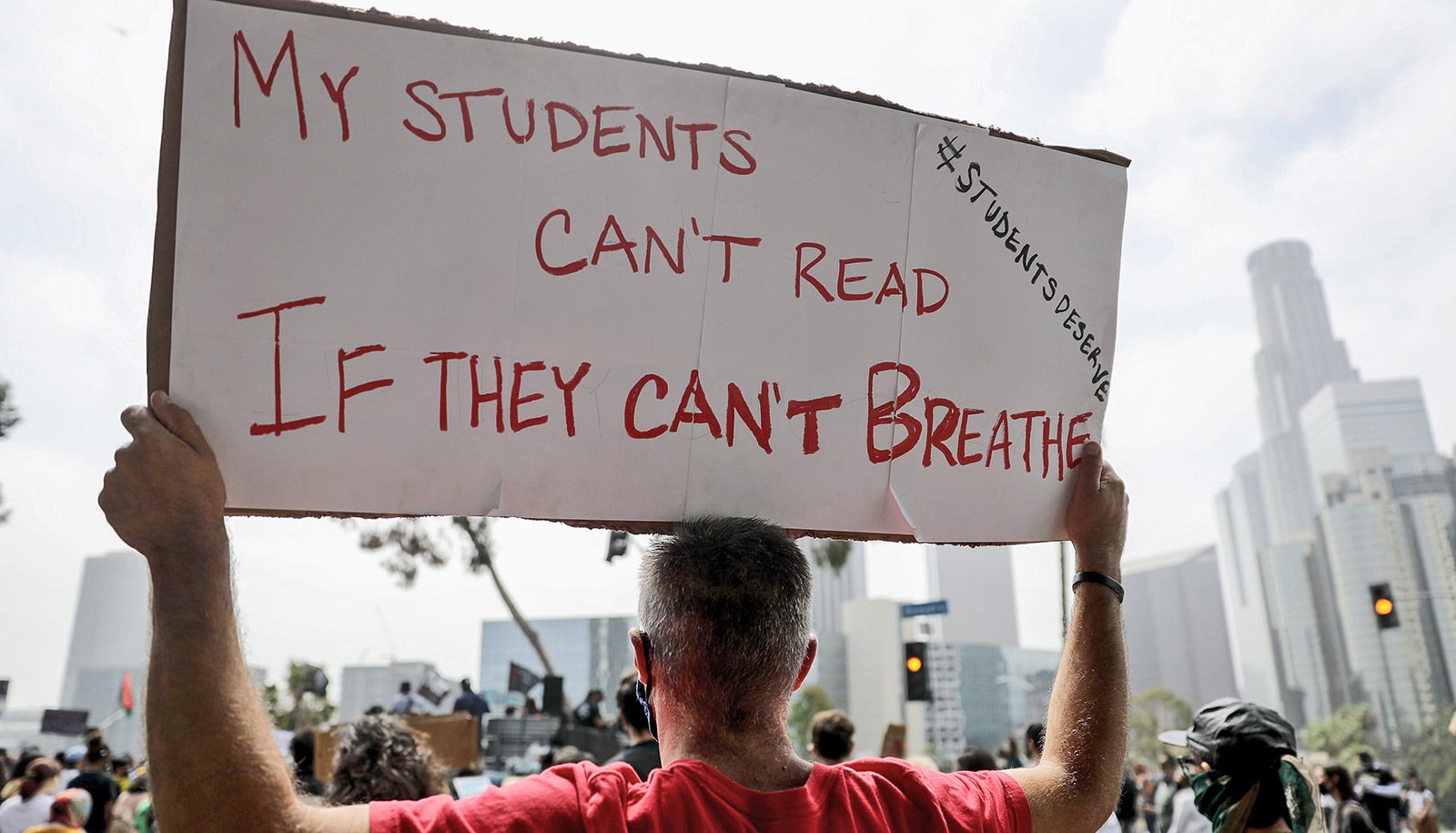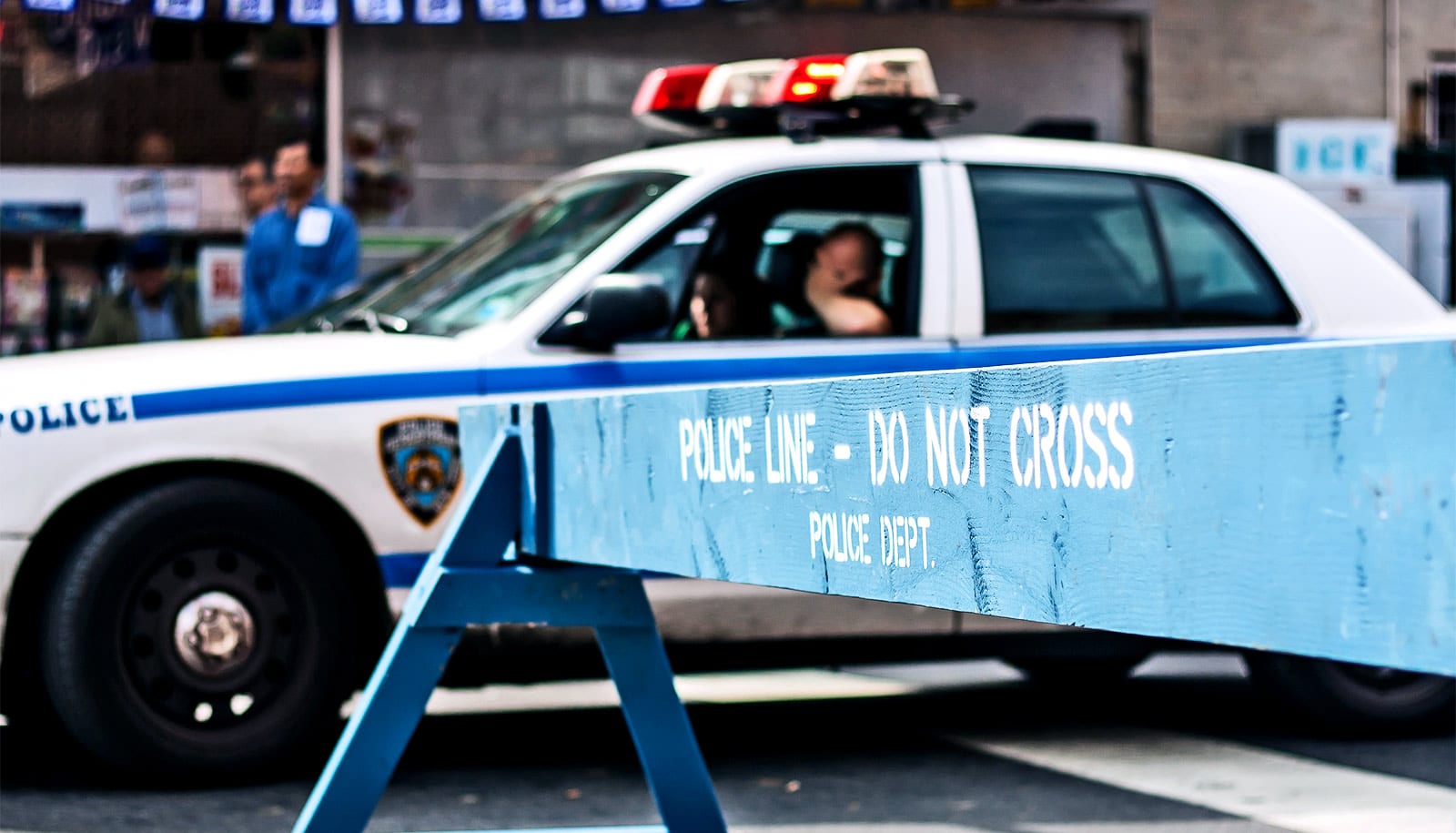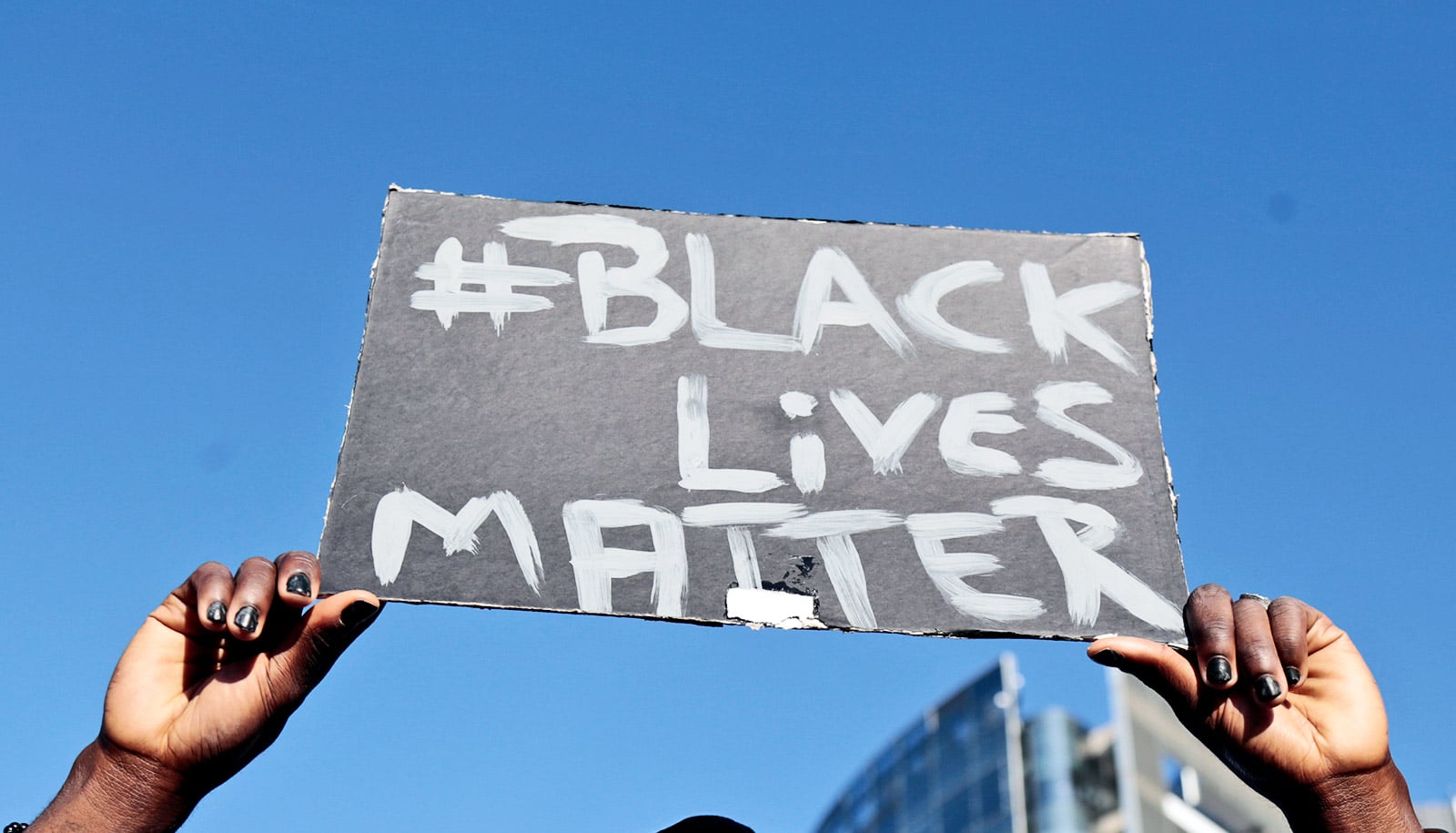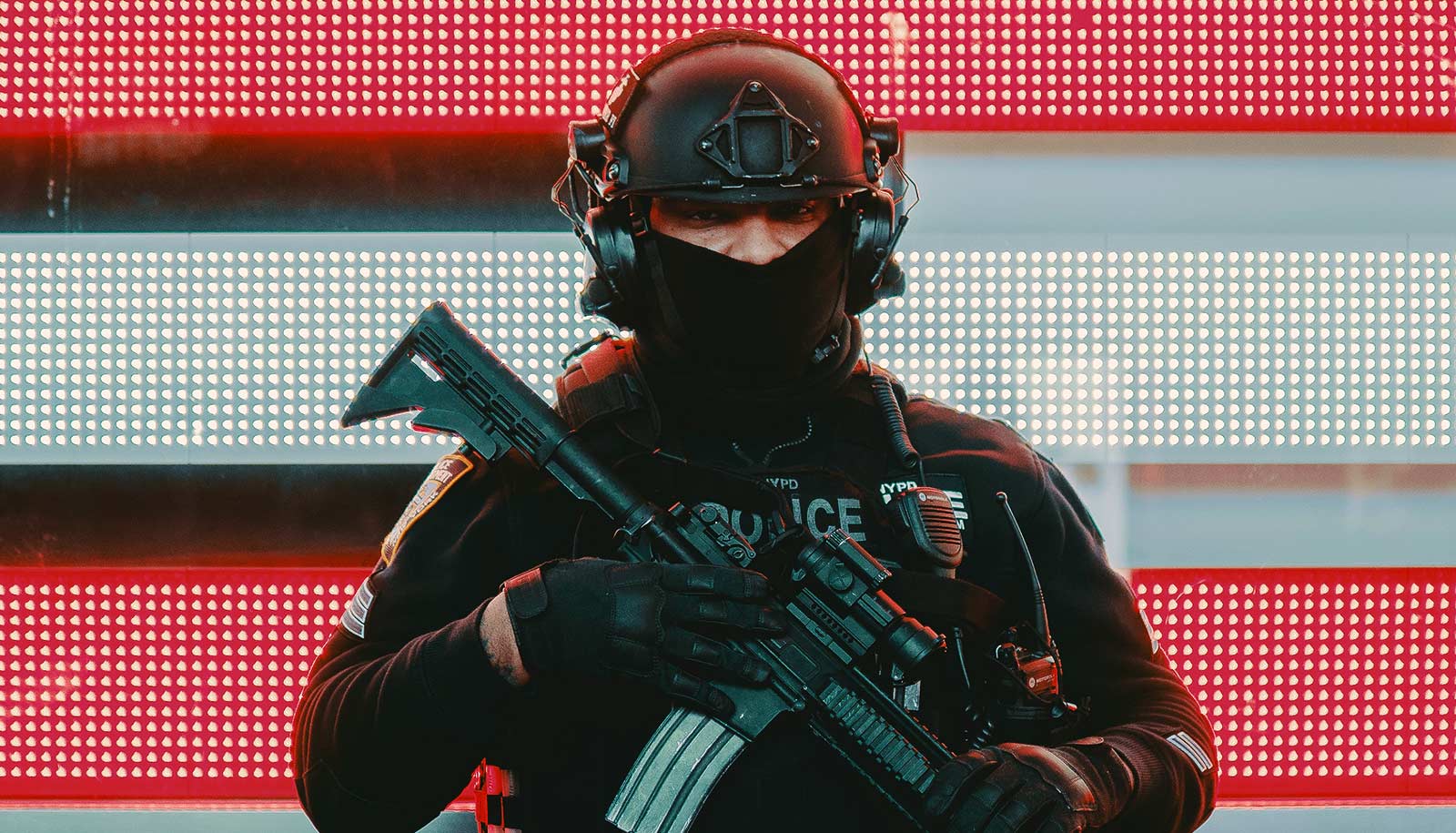For Black youth, a police encounter by eighth grade predicts they will be arrested by young adulthood, but research finds the same is not true for white youth.
Black young adults are 11 times more likely to be arrested by age 20 if they had an initial encounter with law enforcement in their early teens than Black youth who don’t have that first contact.
In contrast, white young adults with early police contact are not significantly more likely to be arrested later, compared with white peers without that history.
The study’s authors find that Black youth are more likely than white youth to be treated as “usual suspects” after a first encounter with police, leading to subsequent arrests over time. Even as white young adults report engaging in significantly more illegal behavior, Black young adults face more criminal penalties, the study finds.
The researchers also say it’s not just the number of stops, but what transpires during a police stop that sets the tone for future interactions with police.
“What we know about police contacts and youth generally is that Black youth are more likely to be stopped by police to begin with, and are more likely to have a negative experience when that happens,” says first author Annie McGlynn-Wright, a postdoctoral fellow at Tulane University who led the study while pursuing her doctorate at the University of Washington. “What we haven’t known previously is the long-term effects of police contacts in terms of criminal justice outcomes.”
McGlynn-Wright adds that the study, which appears in the journal Social Problems, shows these early contacts with police create a “system response” to Black youth that white youth don’t experience.
Black and white teens and police encounters
Racial differences in who is stopped, why, and for what penalty have been well documented, the researchers say. Also, police stops have been linked to individuals’ later run-ins with law enforcement.
For this study, the researchers wanted to examine the effects of the first stop on the lives of Black and white adolescents, and whether a stop in the early teen years is associated with “secondary sanctioning,” or a “usual suspects” treatment by police that plays out over future stops and/or arrests. The study is among the first to explore the racial differences in police contact over time.
Using longitudinal data from more than 300 Seattle young adults, researchers found stark differences in the law enforcement trajectory of adolescents based on race, from the numbers of Black and white youth who encounter police by middle school, to the numbers arrested in high school and beyond.
It also comes during a period of significant reckoning over race and policing in the United States, after a series of law enforcement killings of Black people around the country. As communities grapple with how to address institutionalized racism, police procedures, and accountability, many school districts, including Seattle, have ended their contracts with law enforcement agencies for school resource officers, the personnel who are assigned to specific school buildings. Research has shown that students of color are disproportionately subject to discipline and monitoring by school resource officers.
Who was arrested and who wasn’t
The University of Washington study launched nearly 20 years ago, with students at 18 Seattle schools. Nearly half of the 331 students were Black. Researchers surveyed students and parents, then followed up with participants in 10th grade and at age 20 to learn more about behavior and consequences. Full data are available on 261 participants.
Differences were clear early on. While there were no differences in self-reported illegal behavior between Black and white youth at 8th grade, 37% of Black teens said they had had some sort of contact with police, compared to 22% of white eighth-graders.
Researchers examined two trends at age 20: whether study participants had been arrested in the past year and whether they had engaged in any illegal activity, from violent crime to drug use to other criminal behavior, such as drawing graffiti, stealing from a store or breaking into private property. The idea, researchers say, was to determine not only who was being arrested, but also who was not.
Significantly more white participants reported engaging in some level of criminal behavior: 53% of white young adults, compared to 32% of Black young adults. But at age 20, Black youth were more than twice as likely to be arrested as white youth (15% compared to 6%). When the eighth-grade police contact is taken into account, it shows that early police contact for Black youth was uniquely predictive of being arrested by age 20, but not for white youth.
Simply put, Black respondents experiencing police contact by eighth grade have an 11 times greater chance of reporting an arrest by age 20 than Black respondents who did not experience early police contact. This was not the case for white youth.
Clear results
The study was unable to explore the reasons behind these differences, but researchers say the results are clear:
“White people are engaging in more illegal behavior, largely because of their greater drug use, and getting arrested less often at age 20 than Black people, who are committing fewer crimes and getting arrested more,” says coauthor Kevin Haggerty, a professor in the University of Washington School of Social Work and director of the Social Development Research Group.
Of the 261 respondents surveyed as young adults, white respondents were more likely to report illegal behavior than Black respondents (53% and 32%, respectively), primarily because they were substantially more likely than Blacks to report illegal drug use (40% and 14%, respectively).
While the data was collected in Seattle, researchers say the patterns they found are likely occurring in cities around the country—Seattle is “more like every other town” than some larger metro areas like Chicago and Philadelphia, where many criminal justice studies are located, notes coauthor Robert Crutchfield, a professor emeritus of sociology.
The bulk of the research took place before the 2012 Seattle Police Department consent decree with the US Justice Department, whereby the department was to address an excessive use of force, Crutchfield points out.
Still, the indisputable differences in the experiences of Black and white youth raise a number of policy and institutional issues. The authors note that it’s not just the quantity but the quality of stops—what are often called “investigatory stops” of a young person that raise alarm.
Police encounters in schools
“When police interact with communities, and young people in communities, they have to be especially mindful of the nature and substance of the encounters, and police really need training to avoid negative interactions,” Crutchfield says. “What we found is that contact matters. In this study, we couldn’t parse out the nature of the interactions, but I suspect most kids experienced the interaction in a negative way. The message is, cops need to do better to minimize unnecessary contacts, and when they do contact people, to treat them better.”
The paper’s findings also may support the choice by some school districts to end the practice of deploying police officers in schools, the authors say. Given the tendency for school resource officers to get involved in school discipline—though their primary assignment is to enforce the law and keep buildings safe—it presents another situation where Black students are often treated differently than white students.
Funding for the study came from the National Institute on Drug Abuse.
Source: University of Washington



